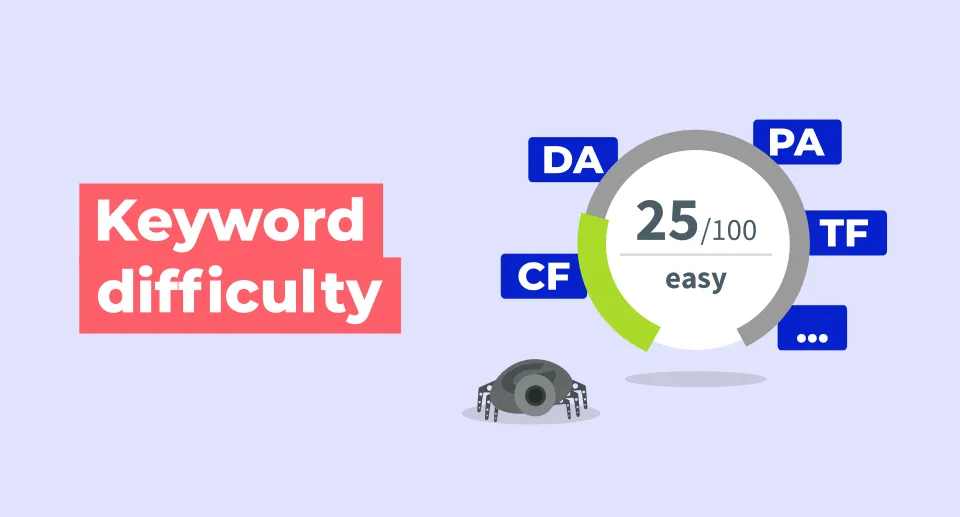Nowadays, keyword research has become very simple. You can use research tools for this purpose and make rich content. But what’s difficult is to find keywords that you have a chance to rank on. This problem is solved when SEO tools provide a keyword difficulty option. Also, read about Shopify SEO Services.
KD helps understand how difficult it is to rank on a specific keyword. Learning the keyword difficulty meaning in SEO helps users make content according to their niche and audience’s preferences. The best Digital marketing agency offers complete SEO services.
KD In SEO Details: Keyword Difficulty Meaning In SEO
The following are the details to learn about the keyword difficulty meaning in SEO.
Understanding What Is Keyword Difficulty
KD is an SEO metric. It indicates how challenging it is to rank on the first page of search engine results for a specific keyword. For this purpose, you have to consider the:
- Strength of competing websites.
- Their content quality.
- The number of backlinks they have.
To simply understand it, a keyword with high difficulty means many popular websites are already ranking for it. That makes it hard for new and small websites to compete. In contrast, a keyword with low difficulty ensures a better chance of quick ranking. Especially if your site is still growing.
Also, read: Web design and development services.
How To Measure Keyword Difficulty?
Different SEO tools provide a keyword difficulty score. It is usually displayed on a scale from 0 to 100. These difficulties are the following:
- Easy.
- Medium.
- Hard.
- Very hard.
All the tools have varying calculation methods for keyword difficulty. But they usually involve examining backlinks, domain authority, and content strength of top-ranking pages.
Also, read: SEO Services The Woodlands.
Why KD Matters In SEO?
Keyword difficulty is essential in creating realistic SEO strategies. It’s beneficial for the following reasons.
- It saves time and effort while preventing you from chasing overly competitive keywords.
- It helps improve ROI by targeting keywords that you can realistically rank for and leads to higher organic traffic.
- Smaller websites can compete by focusing on easy and long-tail keywords, leading to better growth.
- Through KD, you can create content that balances volume and competition.
When you don’t consider the KD, you waste potential resources on targeting terms that are impossible to rank for.
Also, read: Is Shopify down?
Monitor Keyword Difficulty Over Time
Keyword competition and search trends evolve continuously and affect the content. You must regularly visit the keyword list using SEO tools to see if the difficulty scores have changed. It ensures relevancy in your SEO strategy.
Tips To Choose Keywords Based On Difficulty
You need to consider the following tips when you’re choosing keywords for your content.
Balance Difficulty and Search Volume
Choosing a keyword with high volume and high difficulty is not always the best option. You need to use keywords with a balance like moderate volume and manageable difficulty.
Target Long-Tail Keywords
Use long tail keywords because they usually have lower difficulty and higher conversion potential than short-term keywords.
Check SERP Competition
Consider the websites that are currently ranking for a keyword. If they are a big brand or authoritative site, the difficulty will be high.
Consider Domain Authority
For new websites, focusing on low-competition and low-difficulty keywords is suggested. When your domain authority grows, you can aim for more competitive terms.
Conclusion
To conclude, the keyword difficulty meaning in SEO is a must learning procedure for people doing SEO. When you want to rank quickly in the top pages of the SERP, you need to find suitable keywords. It’s possible when you understand the keyword difficulty and add keywords accordingly.
Next, read: Ahrefs keyword explorer.

